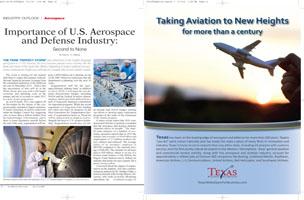
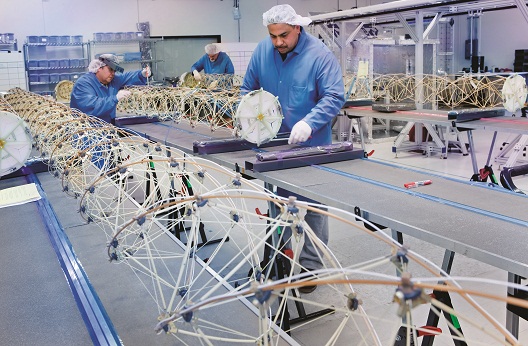 The term “perfect storm” has references in the English language going back to 1718; however, the term became popular more recently with the book and movie of the same title. What’s happening in today’s political and economic environment might very well lead to a sequel with no less drastic results.
The term “perfect storm” has references in the English language going back to 1718; however, the term became popular more recently with the book and movie of the same title. What’s happening in today’s political and economic environment might very well lead to a sequel with no less drastic results.
The clock is ticking for the federal debt limit to expire this summer with additional financial pressure looming from the scheduled expiration of the Bush-era tax cuts in December 2012. Add to this the uncertainty of who will sit in the White House next year with a still fragile economy and spiraling costs at the pumps, and we’re on track to outdo 2011 as a year of epic proportions.
As you’ll recall, 2011 was capped off in November by the failure of the congressionally mandated Supercommittee to reach consensus on deficit reductions under the Budget Control Act, triggering cuts of more than a trillion dollars from the federal budget. Unfortunately, unless there is some legislative remedy before the end of the year, sequestration will impose a $600 billion cut to defense on top of the $487 billion in reductions that the department is planning over the next 10 years.
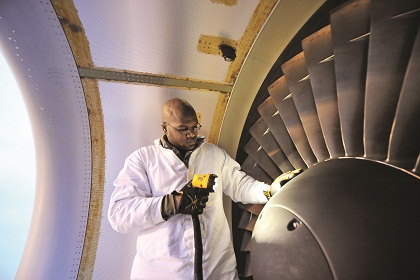 Sequestration will hit the aerospace/defense industry hard. In addition to cuts to DOD, it will target the non-defense discretionary budget, including NASA and the Federal Aviation Administration, which have both suffered from a lack of long-term financial commitment for important programs. While the recent enactment of a long-term FAA funding bill offers real hope for progress on the Next Generation Air Transportation System, if sequestration kicks in, NextGen will be delayed and we might as well relinquish the keys to U.S. aviation leadership. Sequestration would also cut into an already lean NASA budget, stalling our efforts to develop space exploration programs in the wake of the retirement of the shuttle program.
Sequestration will hit the aerospace/defense industry hard. In addition to cuts to DOD, it will target the non-defense discretionary budget, including NASA and the Federal Aviation Administration, which have both suffered from a lack of long-term financial commitment for important programs. While the recent enactment of a long-term FAA funding bill offers real hope for progress on the Next Generation Air Transportation System, if sequestration kicks in, NextGen will be delayed and we might as well relinquish the keys to U.S. aviation leadership. Sequestration would also cut into an already lean NASA budget, stalling our efforts to develop space exploration programs in the wake of the retirement of the shuttle program.
A major recent report that AIA commissioned Deloitte to perform concluded that the aerospace and defense industry “punches above its weight.” The state-by-state analysis of a number of economic measures reports that in 2010 the industry had revenues of $324 billion and employment of 3.5 million workers (direct, indirect and induced). The average salary of an aerospace employee is $80,000 compared to the national average of $44,000. The estimate for all taxes paid is $58 billion, which is on top of a positive trade balance of $42 billion, the largest of any business sector. Indeed, an industry that packs not just a punch, but a pretty strong wallop.
Concerned about the impact of sequestration on the industry, AIA also commissioned an analysis by Dr. Stephen Fuller, a noted economist with George Mason University, who with Economic Modeling Specialists, Inc. concluded that more than one million jobs would be lost as a result of defense budget cuts if Congress fails to agree on deficit reduction to replace the scheduled cuts before next January.
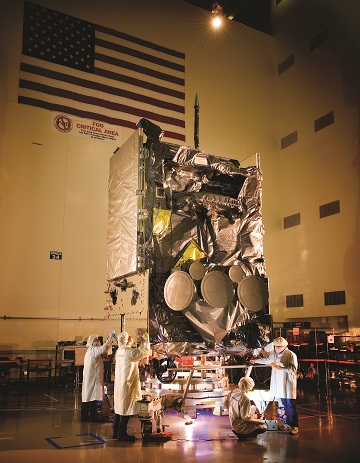 The one million figure includes 352,000 aerospace and defense and supply chain job losses. The total loss of wages and salaries would exceed $59 billion and .6 percent would be added to our unemployment rate, which today stands at approximately eight percent. In addition, the cuts would likely chop about $86 billion off of GDP in 2013 alone, driving economic growth down by 25 percent.
The one million figure includes 352,000 aerospace and defense and supply chain job losses. The total loss of wages and salaries would exceed $59 billion and .6 percent would be added to our unemployment rate, which today stands at approximately eight percent. In addition, the cuts would likely chop about $86 billion off of GDP in 2013 alone, driving economic growth down by 25 percent.
One of the primary concerns is the risk to the defense industrial base. The danger is that cuts will go too deep, and valuable and hard-to-replace capability will be lost. Technologists, engineers and visionaries who will lead the development of the new manned bomber and the cyber, unmanned and ISR capabilities that Secretary of Defense Leon Panetta called for in the nation’s new defense strategy may no longer be there when they’re needed. This important talent pool isn’t sitting in some lab waiting for a call from Congress and the Pentagon. As projects are cancelled and the budget is cut, these talented people will move into other industries.
Sensing the uncertain future, last September, AIA launched the “Second to None” campaign, a nationwide initiative to drive home the importance of the U.S. aerospace and defense industry to our nation and leaders. Founded in 1919, with nearly 350 companies, AIA is uniquely suited to represent the business interests of the industry.
David P. Hess, AIA chairman and president of Pratt & Whitney, has been personally involved along with other members of our Executive Committee in delivering the Second to None message. Hess has said how important it is for the association and the industry to have a single voice given the tough decisions that have to be made.
The campaign’s messages about job creation, national security and technological superiority are being sent to the media, the Internet, Capitol Hill and everyone who will listen along with a warning: cutting into the bone of the aerospace and defense budget is not the answer to our country’s financial woes.
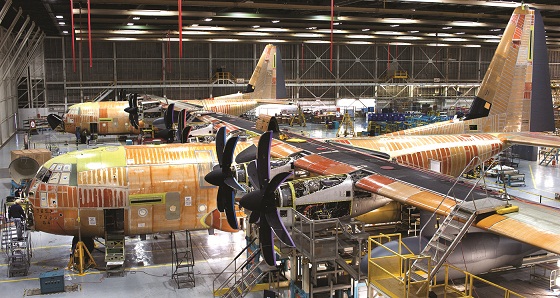 AIA is not alone in our advocacy. Admiral Michael Mullen, former Chairman of the Joint Chiefs of Staff, said that if lawmakers “cut too deeply…we will burn the very blanket of protection that we have been charged to provide our fellow citizens.” Secretary of Defense Leon Panetta also said that proposed cuts would result in “hollowing out the force.” And a chorus of other experts has expressed concern about this “doomsday scenario.”
AIA is not alone in our advocacy. Admiral Michael Mullen, former Chairman of the Joint Chiefs of Staff, said that if lawmakers “cut too deeply…we will burn the very blanket of protection that we have been charged to provide our fellow citizens.” Secretary of Defense Leon Panetta also said that proposed cuts would result in “hollowing out the force.” And a chorus of other experts has expressed concern about this “doomsday scenario.”
However, if Congress is able to solve the sequestration issue, the prospects for the industry in 2012 and beyond are solid. Commercial aircraft sales are projected to increase – volatile fuel prices are spurring airlines to replace less fuel-efficient aircraft with newer models and there is rapid growth in air travel in Asia and the Middle East.
Defense sales are projected to decrease but maintaining a strong national defense with the best equipment in the world is part of our national strategy and public expectation. The world remains a dangerous place, so aging equipment needs to be replaced. No one wants our troops across the globe to have anything less than the best.
In space, while military space programs continue to support satellite constellation replenishment, new technology development has been cut severely – endangering our future leadership. While NASA’s fiscal year 2012 budget request is relatively flat, it is a delicate balance among stakeholders. Any top line cut will have a devastating impact. We are now beholden to Russia to launch our astronauts to the International Space Station for more than $60 million a seat – and it will be years before we can change that.
But all bets are off if sequestration kicks in. To become involved you can go to www.SecondtoNone.org.

